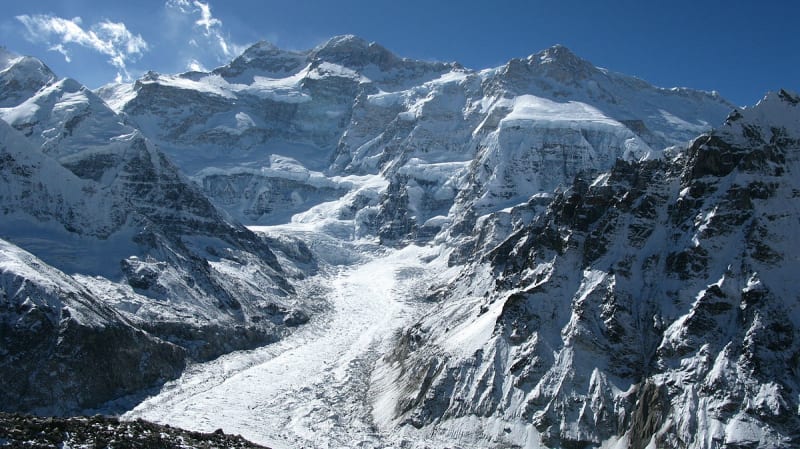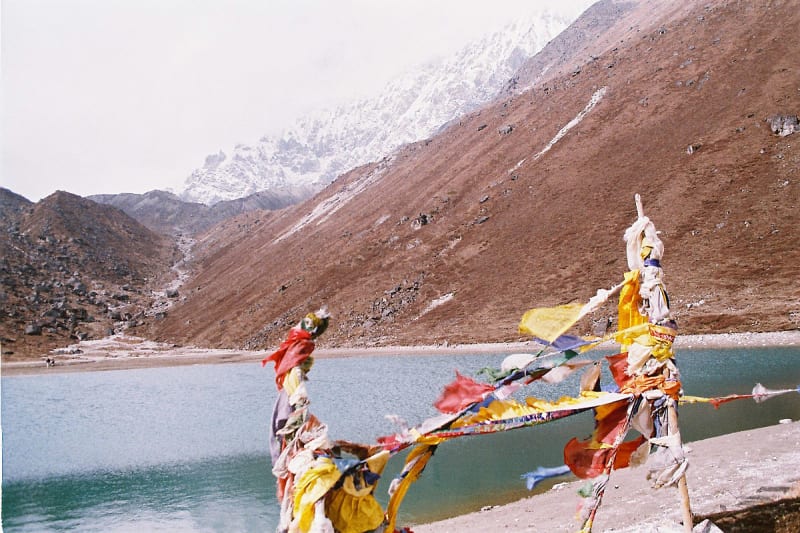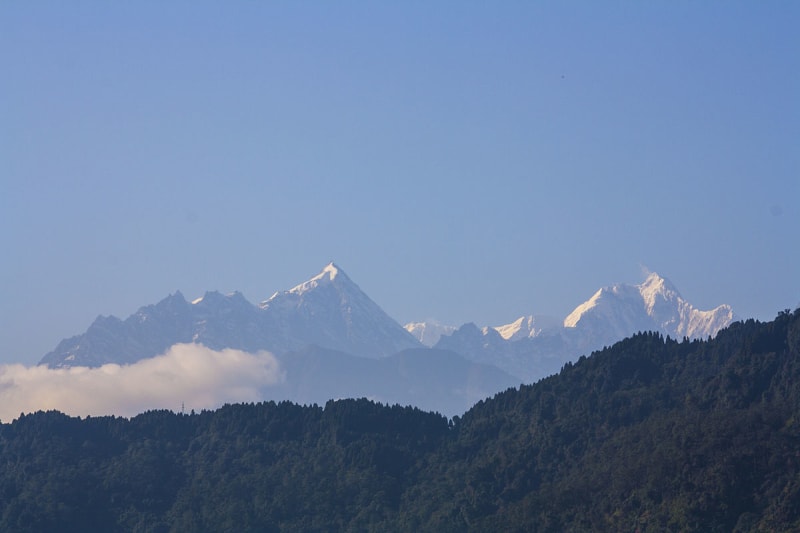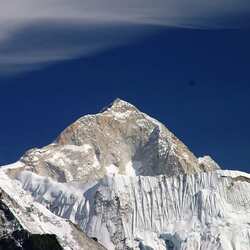Kanchendjanga
Kanchenjunga is a mountain on the border between Nepal and India, is the third highest peak in the world. Its name means "5 treasures of the great snows" in Nepali or Hindi. After all, the mountain range consists of 5 snow-capped peaks. Interestingly, from above it resembles a huge cross with peaks pointing in all directions of the world. The height of the mountain is really impressive, in this indicator it is second only to Mount Everest and Chogri, and until the middle of the 19th century it was considered the highest in the world.
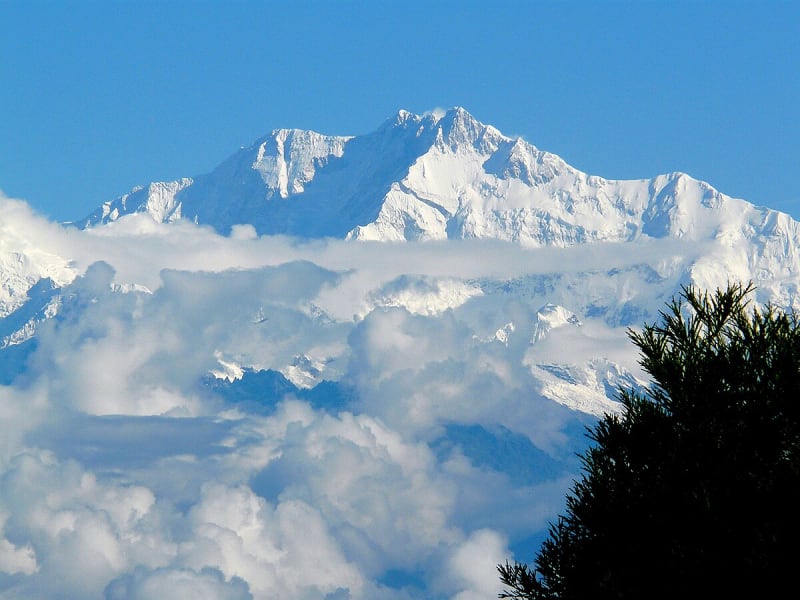
The Sacred Mountain
In the Limbu dialect, the name of the mountain sounds like "the mountain we worship." This means that its peak has the status of a sacred place. And climbers who make the ascent do not have the right to climb to the very top.
According to the mythology of the Lepcha people, the mountain was the ancestral homeland of the first Himalayans, people were created from glaciers located on the peaks. This is where the souls of the dead go. According to legend, the ancient people next to the mountain wanted to build their own analogue of the Tower of Babel from pottery. But when it surpassed the sacred Kangchenjunga Mountain in height, the gods became very angry and destroyed the work of human hands.
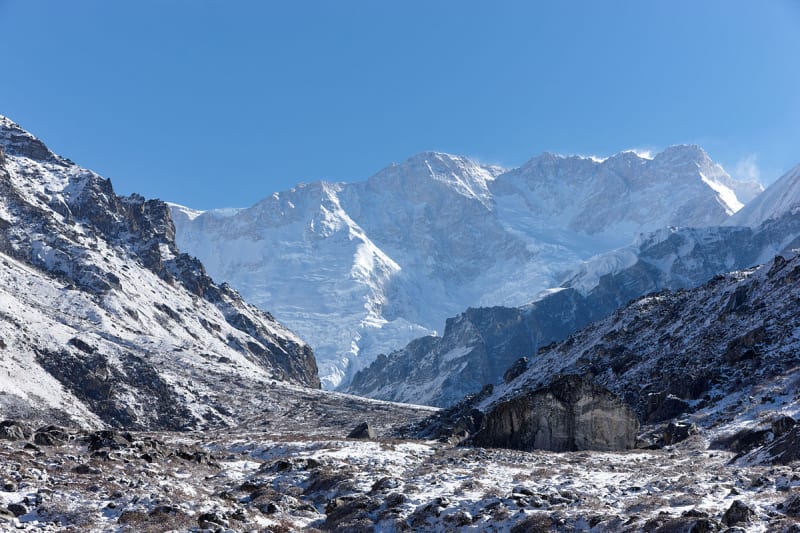
The Rebellious Kangchenjunga
Kangchenjunga Mountain shows its rebellious disposition not only in myths. Few climbers were lucky enough to climb to its top. Moreover, many of them were unable to return.
The first attempt at conquest was made in 1905. However, the athletes managed to climb only up to 6500 m, and then had to turn back due to the threat of an avalanche. The mountain was conquered only half a century later after six more unsuccessful attempts. At the request of the King of Nepal, climbers should not take several steps to the highest point, so as not to disturb the peace of the sacred mountain. This rule is firmly followed by all conquerors of Mount Kangchenjunga.
The Mountaineer Slayer
According to Nepali legend, Kanchenjunga has a very unpleasant female character. In an effort to eliminate her rivals, for a long time she destroyed all the climbers trying to climb to her peak. The first of the women to climb obstinate mountain was the English athlete Jeannette Harrison. She was able to realize her dream only in 1998. After that, only three women managed to reach the top.
The peak, which has not been fully explored, is also harsh in relation to the stronger sex. In 2013, five climbers disappeared under unexplained circumstances. In terms of the number of tragic cases, the mountain still remains in the first place. Climbing it is considered one of the most dangerous in the world.
Kangchenjunga in the paintings of the artist
The Kanchenjunga mountain range was depicted in his paintings by the famous Russian and Indian artist and philosopher Nikolai Roerich, who believed that it was in the Himalayan foothills among the five peaks of Kanchenjunga that the entrance to the sacred country of Shambhala was located. The thinker, humanist and philosopher spent a significant part of his life in India in search of a magical land and its wisdom.

